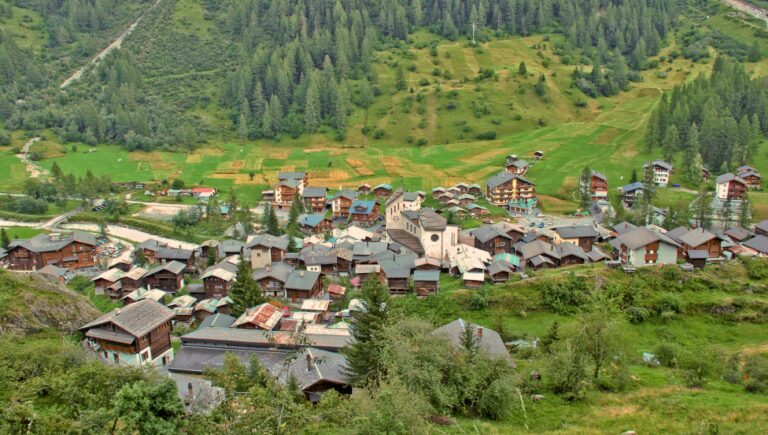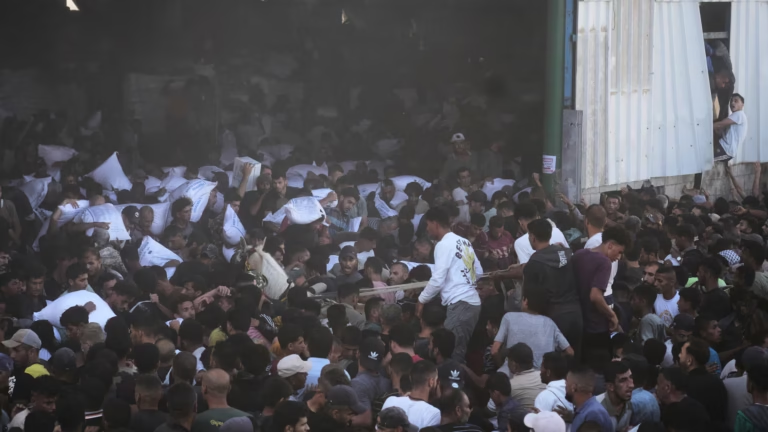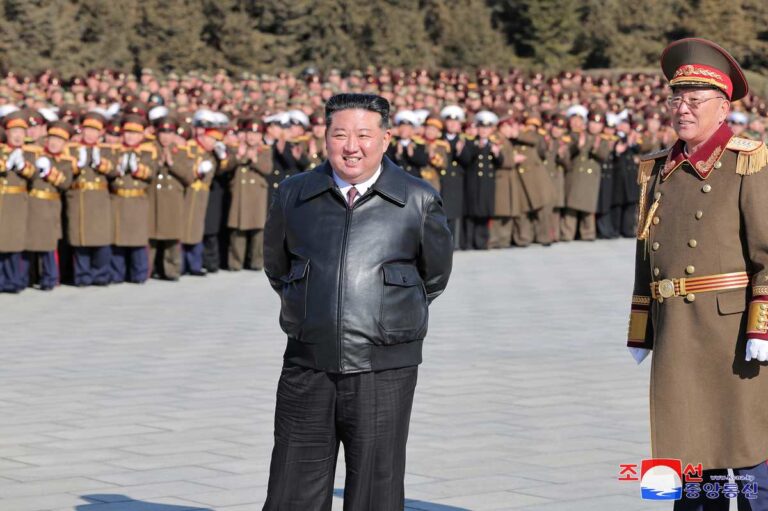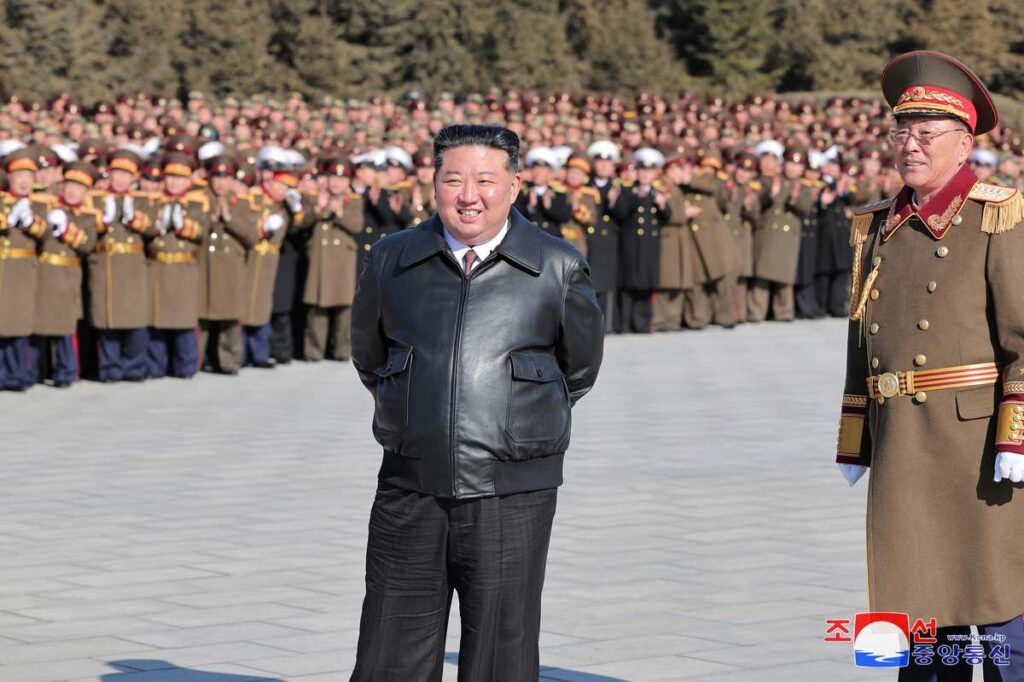
For decades, the Korean Peninsula has been a battleground not just of ideologies but of shadows—clandestine tunnels, smuggled USB drives, and covert radio waves. While the world’s eyes fixate on missile tests and summits, an underground war rages between North and South Korea. Recent developments suggest Kim Jong Un’s regime is turning the tide, leveraging ruthless crackdowns, subterranean fortresses, and geopolitical shifts to outmaneuver its southern rival.
Let’s descend into this hidden conflict and explore why analysts now fear Pyongyang might be winning.
The Information War: From Loudspeakers to USB Drives
Since the 1953 armistice, both Koreas have waged a relentless battle for hearts and minds. South Korea’s tactics include blasting K-pop and news across the DMZ via loudspeakers and smuggling USB drives packed with banned media into the North. Groups like Unification Media (UM) curate playlists of South Korean dramas and pro-democracy content, risking their lives to deliver them via balloons or drones1.
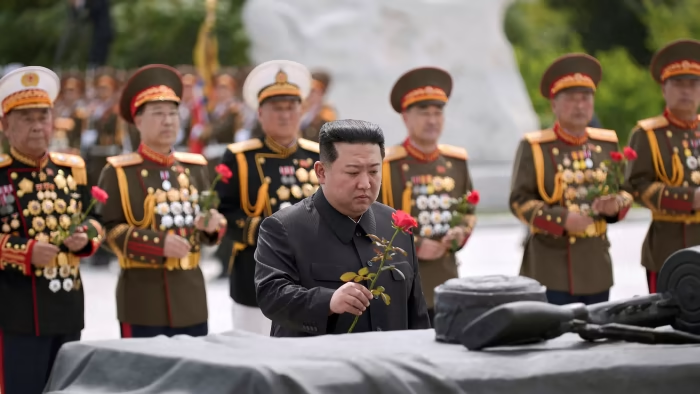
But the tide is shifting:
- North Korea has intensified crackdowns, executing citizens caught with foreign media.
- U.S. funding cuts under the Trump administration have crippled South Korean efforts1.
- A UM worker shared, “We used to get 10,000 devices across monthly. Now it’s barely 1,000.”
North Korea’s Underground Empire: Tunnels, Bunkers, and Nuclear Hideouts
Beneath the peninsula’s surface lies a labyrinth of military infrastructure that gives Kim Jong Un a strategic edge:
1. Invasion Tunnels
- Discovery: Four massive tunnels were found under the DMZ between 1974–1990, each large enough to move 2,000 troops hourly23.
- Design: Reinforced with concrete, equipped with railways and air systems, these tunnels aim to bypass South Korea’s defenses during an invasion2.
2. Nuclear and Military Bunkers
- Yongdoktong Facility: Satellite imagery reveals hidden tunnels here, suspected to store nuclear warheads. New structures now obscure entrances, complicating surveillance4.
- Submarine Bases: Underground docks near Kim’s residences allow stealthy naval operations, though experts note vulnerabilities in their entrances5.
3. Troop Hideouts
- Over 800 bunkers near the DMZ can conceal 2,000 soldiers each, ready to strike without warning2.
Table: North vs. South – Underground Strategies Compared
| Aspect | North Korea | South Korea |
|---|---|---|
| Focus | Invasion prep, survival bunkers | Information infiltration, deterrence |
| Key Infrastructure | Tunnels, HARTS, nuclear hideouts | Loudspeakers, radio broadcasts, USBs |
| Recent Challenges | U.S./South Korean surveillance | Funding cuts, Kim’s crackdowns |
How Kim Jong Un Is Winning
1. Crackdowns on Information Flow
- Brutal Enforcement: Public executions for accessing foreign media have instilled fear, reducing USB drive usage by 90% since 20221.
- Cyber Counterattacks: North Korean hackers target defector groups, disrupting supply chains for smuggled devices.
2. Geopolitical Shifts
- U.S. Disengagement: Trump’s funding cuts to denuclearization programs left South Korea’s efforts under-resourced1.
- China’s Quiet Support: Beijing’s reluctance to enforce sanctions allows Pyongyang to import tunnel-building materials.
3. Military Readiness
- Artillery Caves: Over 500 Hardened Artillery Sites (HARTS) near the DMZ enable rapid strikes on Seoul2.
- Leadership Bunkers: 6,000–8,000 shelters protect Kim’s regime from decapitation strikes2.
The Risks of Underestimating North Korea
Pyongyang’s strategy isn’t about winning a conventional war—it’s about surviving long enough to make victory too costly.
Pros of Kim’s Strategy:
- Prolongs regime survival through hidden infrastructure.
- Demoralizes South Korean efforts via relentless crackdowns.
Cons:
- Economic strain from maintaining vast underground networks.
- Vulnerability to precision strikes on tunnel entrances5.
People Also Ask (PAA)
What is the DMZ?
The Demilitarized Zone is a 160-mile buffer separating North and South Korea, laden with landmines and surveillance tech.
How does North Korea censor information?
Through jamming radio signals, banning external media, and executing those caught with foreign content1.
Can South Korea’s USB drives still make an impact?
While effective in the past, reduced funding and stricter border controls have slashed their reach1.
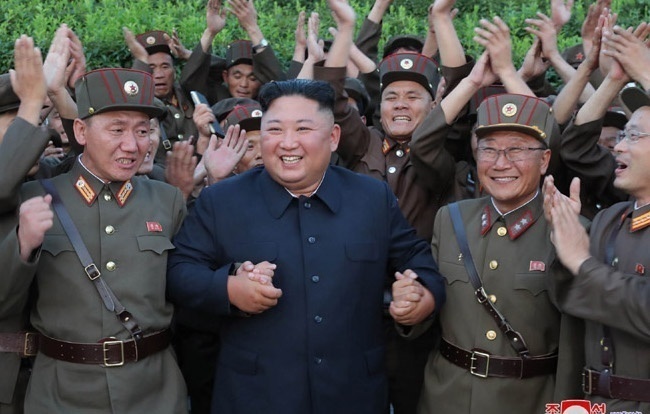
FAQ
Q1: How many tunnels has North Korea built under the DMZ?
A: Four confirmed, but experts suspect up to 20 others remain undiscovered23.
Q2: What’s inside North Korea’s Yongdoktong facility?
A: Suspected nuclear warheads, hidden behind new structures to evade satellites4.
Q3: Why did the U.S. cut funding for South Korean efforts?
A: The Trump administration redirected resources, prioritizing direct diplomacy over covert operations1.
Q4: Are North Korea’s submarine bases effective?
A: They enable stealth launches but have vulnerable entrances that could be targeted preemptively5.
